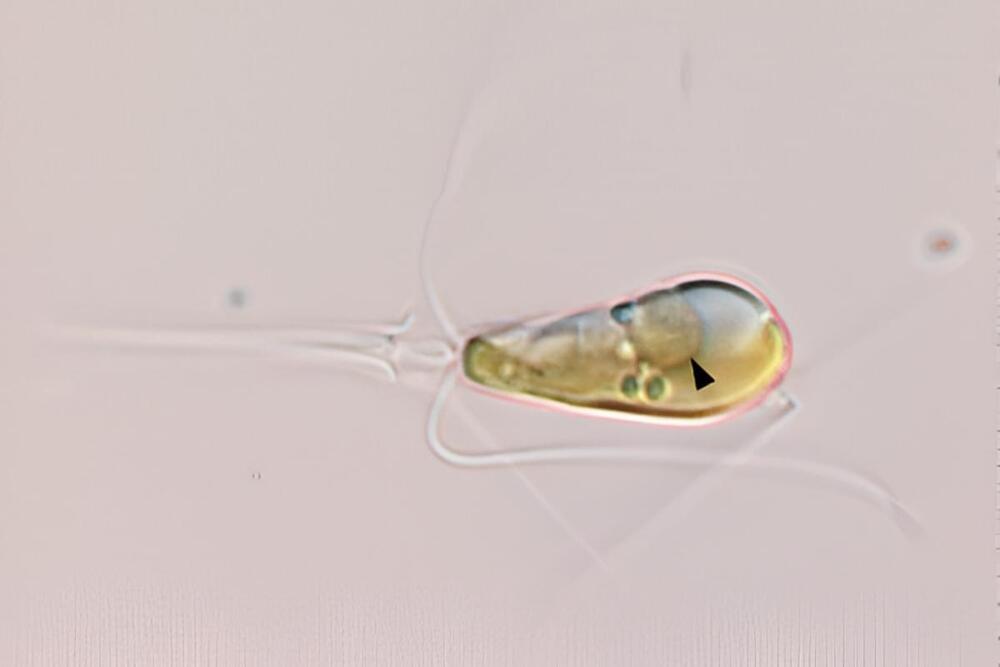Jason Matheny is a delight to speak with, provided you’re up for a lengthy conversation about potential technological and biomedical catastrophe.
Now CEO and president of Rand Corporation, Matheny has built a career out of thinking about such gloomy scenarios. An economist by training with a focus on public health, he dived into the worlds of pharmaceutical development and cultivated meat before turning his attention to national security.
As director of Intelligence Advanced Research Projects Activity, the US intelligence community’s research agency, he pushed for more attention to the dangers of biological weapons and badly designed artificial intelligence. In 2021, Matheny was tapped to be President Biden’s senior adviser on technology and national security issues. And then, in July of last year, he became CEO and president of Rand, the oldest nonprofit think tank in the US, which has shaped government policy on nuclear strategy, the Vietnam War, and the development of the internet.









